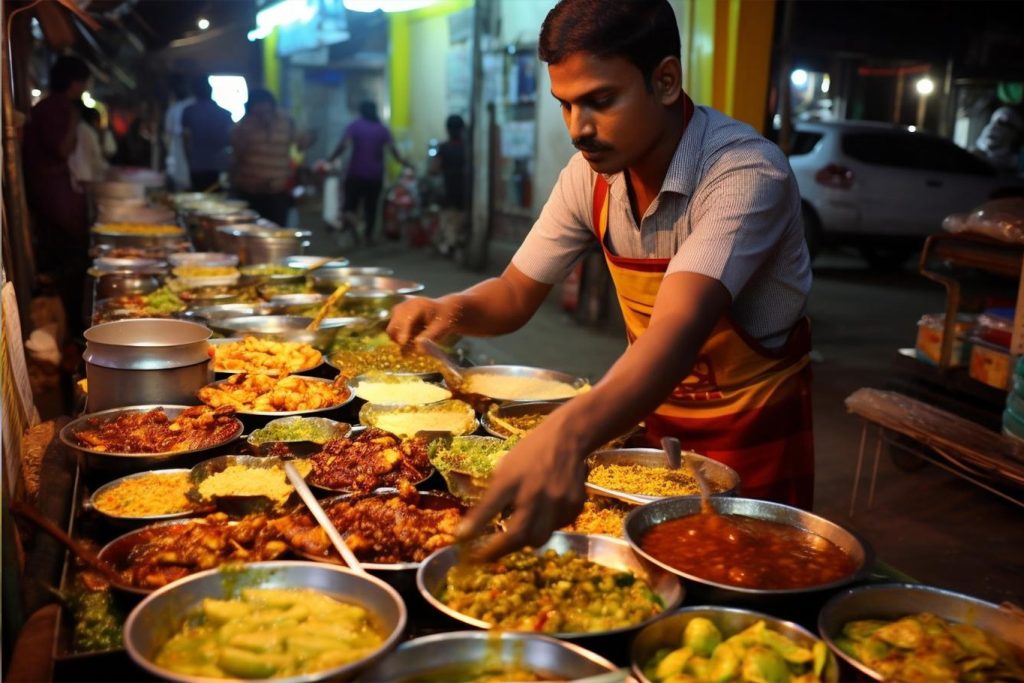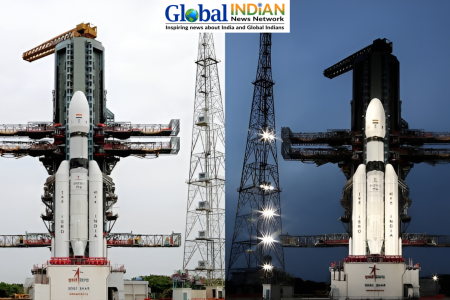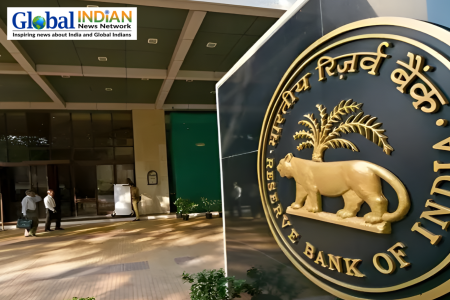
The Prime Minister Street Vendor’s AatmaNirbhar Nidhi (PM SVANidhi) scheme, launched in July 2020, has significantly boosted consumption in India’s urban areas. Over 6.6 million street vendors have benefited from the scheme, with more than 40 percent being women. The microcredit facility of Rs 10,000 has served as essential working capital, enabling vendors to expand their businesses and increase their income, while also promoting financial inclusion and digitization.
Although many vendors initially faced challenges in accessing loans due to document requirements, the scheme has been a game changer for millions. While Rs 10,000 may seem modest in major cities, it is a substantial amount for vendors in smaller cities.
The government has urged banks and local authorities to monitor the scheme’s progress closely. Initially slow to start, banks are now competing to provide more PM SVANidhi loans. However, the amount may be insufficient for vendors in major cities with higher living costs, making it more impactful in smaller cities.
Despite its challenges, the scheme has been crucial for supporting the livelihoods and consumption patterns of economically disadvantaged people. In the last three months, states have added over 1.2 million new vendors, with more expected to join in the coming months. India has over 10 million street vendors, according to the Periodic Survey of India data.
A study by the Indian Institute of Management-Bangalore highlighted that these necessity-entrepreneurs often migrate from rural to urban areas in search of economic opportunities. However, they face challenges such as poor infrastructure, merchandise confiscation by authorities, limited access to credit, inadequate social protection, and long working hours, leading to lower income and a lack of dignity in their work.
Minister for Housing and Urban Affairs, Hardeep Singh Puri, acknowledged the importance of vendors in Indian society, emphasizing that they are not encroachers but self-employed individuals contributing to building a ‘new India.’













